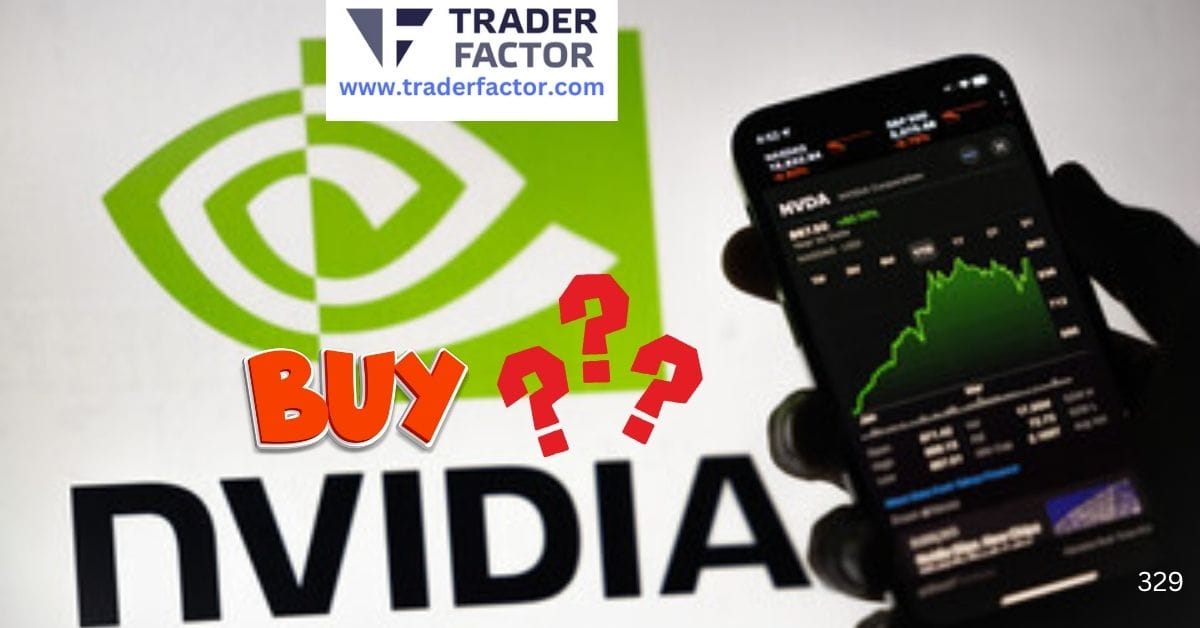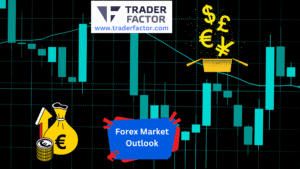Should you buy Nvidia stock now?
Nvidia is undeniably a giant in the technology world. Known for pushing the boundaries of artificial intelligence (AI) and GPU technology, it’s a company synonymous with innovation.
If you’ve been following Nvidia stock news, you might wonder if now is the right time to invest. With a stock price of $129.00 and a market cap of $3.17 trillion, you’re likely asking the big questions.
Is it too late to buy? Does Nvidia have staying power in an increasingly competitive landscape?
This discussion will help you understand why buying Nvidia stock now could be a smart move and highlight why May 19, 2025, is a pivotal moment.

Table of Contents
ToggleThe Current Market Position of Nvidia
Nvidia’s stock has been bullish in recent months, consistently outperforming many of its peers in the tech sector. The company’s market cap of $3.17 trillion reflects its dominance and investor confidence. A significant development occurred recently with the 90-day US-China trade deal, offering temporary relief in an otherwise strained trade relationship. This move has lifted the Nasdaq, further boosting Nvidia’s valuation. But the current numbers only tell part of the story. Nvidia’s leadership in designing chips that power AI applications puts it in a unique position to capitalize on the future of technology. The push toward AI in sectors like healthcare, manufacturing, and automotive is unprecedented, and Nvidia stands poised to benefit as companies adopt these technologies globally.
If you’re wondering, “Should I buy Nvidia stock now?” the key indicator is its strong market fundamentals. Even as competition grows, few companies can rival Nvidia’s blend of innovation, product quality, and scalability.
Why May 19, 2025, is a Crucial Date
The date May 19, 2025, is shaping up to be a defining moment for Nvidia’s trajectory. Several pivotal events are aligned to solidify its position as a leader in tech innovation. On this day, Jensen Huang, Nvidia’s CEO, will deliver a keynote at the prestigious COMPUTEX conference. Many industry insiders believe this session will reveal groundbreaking advancements in Nvidia’s AI and GPU ventures.
Additionally, the release of the RTX 5060 graphics card is slated for May 19. Priced at $299.00, this product aims to bring Nvidia’s cutting-edge DLSS 4 technology and GDDR7 memory to a broader consumer base. It’s a move that could expand Nvidia’s reach significantly, as it scales AI-enhanced graphics to mainstream users.
On the same date, Nvidia will take part in Dell Technologies World, showcasing its AI solutions and shedding light on future opportunities for enterprise AI. These events combined create multiple positive catalysts for Nvidia’s stock and reinforce why this date is turning heads.
Is Nvidia Still a Good Stock to Buy Now?
The short answer is yes, but why?
Nvidia stands miles ahead of its competitors in terms of innovation and strategic investment. For example, the company has committed $500 billion to develop AI infrastructure in the United States over the next four years. This includes building data centers and research facilities, focusing on advanced semiconductor technologies.
Additionally, Nvidia operates in a market where demand for AI and high-performance computing is exploding. Technologies like autonomous vehicles, advanced medical diagnostics, and smart city infrastructure rely on Nvidia’s GPU architecture and AI platforms. With this market growth, Nvidia’s valuation has room to increase further.
Skeptics might argue that high valuations could be a risk, but Nvidia’s consistent growth in revenue and profit offers reassurance. The company has mastered the art of balancing innovation with dependable returns, making its stock a compelling choice for both short-term gains and long-term value.
Is It Safe to Buy Nvidia Stock?
When investing, you might ask, “Is it safe to buy Nvidia stock?”
While all investments carry a degree of risk, Nvidia is widely regarded as a relatively secure choice within the tech sector. Its financial foundation is solid, with consistent revenue growth and robust cash reserves. Furthermore, Nvidia’s influence in AI technologies is unlikely to fade anytime soon.
Although the tech industry remains highly competitive, Nvidia’s unique ability to innovate gives it an edge. The company isn’t just playing catch-up; it sets the pace. For investors, this makes Nvidia less vulnerable to market volatility compared to newer, less established firms.
Regulatory hurdles like trade tariffs might concern some investors, but Nvidia has proven its adaptability. For example, it developed alternative chips to comply with export restrictions in the Chinese market. This resilience is a strong indicator of Nvidia’s commitment to maintaining global leadership.
What Will Nvidia Stock Be Worth in 10 Years?
Predicting stock values a decade out is always speculative, but Nvidia’s trajectory paints an optimistic picture. Many analysts believe the company will continue to grow as AI adoption accelerates across industries. The demand for AI infrastructure, combined with Nvidia’s strategic investments, suggests that its valuation could double over the next decade.
Furthermore, Nvidia’s ability to expand its product lineup while entering new markets provides diversification. For example, initiatives like Cosmos for AI model development and its advancements in high-performance data centers reflect a company that’s thinking several steps ahead. If Nvidia maintains this innovative pace, substantial growth in its stock price is highly plausible.
Is It Too Late to Buy Nvidia Stock?
Some investors hesitate, thinking that Nvidia’s impressive growth makes it too late to enter. However, long-term trends suggest there is still room for growth. Nvidia’s dominance in AI and its ongoing expansion into new markets provide a compelling case for future investment returns.
For beginners searching “How to buy Nvidia stock for beginners,” the process is straightforward. You can buy Nvidia stock online through platforms like Fidelity, Charles Schwab, or Robinhood.
For European investors, understanding “How to buy Nvidia stock in Europe” involves accessing platforms that support global trading. The key is starting sooner rather than later to take advantage of Nvidia’s potential for long-term gains.
How to Buy Nvidia Stock Online
Purchasing Nvidia stock online is a simple process. Begin by opening a brokerage account with a reputable firm. Research your chosen platform to ensure it offers Nvidia shares. Once your account is funded, search for Nvidia by its ticker symbol, NVDA. Decide on the number of shares to purchase and place your order.
Always evaluate if the current price aligns with your investment goals. Many new investors ask, “What is a good price to buy Nvidia stock?” While the stock is currently $123.00, any dips could present attractive entry points. Keep an eye on Nvidia stock news for updates on market trends that could influence its price.
Is Nvidia Worth Adding to Your Portfolio?

Nvidia represents a unique opportunity to invest in a company that shapes the future of technology. Its leadership in AI, significant market presence, and innovative products provide a robust case for investment. For those considering whether to buy Nvidia stock now, the current combination of market momentum and future potential makes it a worthy contender for your portfolio.
Conclusion
Nvidia showcases why innovation and strategic foresight matter in the tech world. With its stock priced at $129.00 and a pivotal moment approaching on May 19, 2025, now could be the ideal time to invest. Whether you’re a seasoned investor or a beginner, Nvidia’s strong market fundamentals and promising future make it a compelling choice for anyone looking to capitalize on the AI revolution.
Disclaimer:
All information has been prepared by TraderFactor or partners. The information does not contain a record of TraderFactor or partner’s prices or an offer of or solicitation for a transaction in any financial instrument. No representation or warranty is given as to the accuracy or completeness of this information. Any material provided does not have regard to the specific investment objective and financial situation of any person who may read it. Past performance is not a reliable indicator of future performance.

















